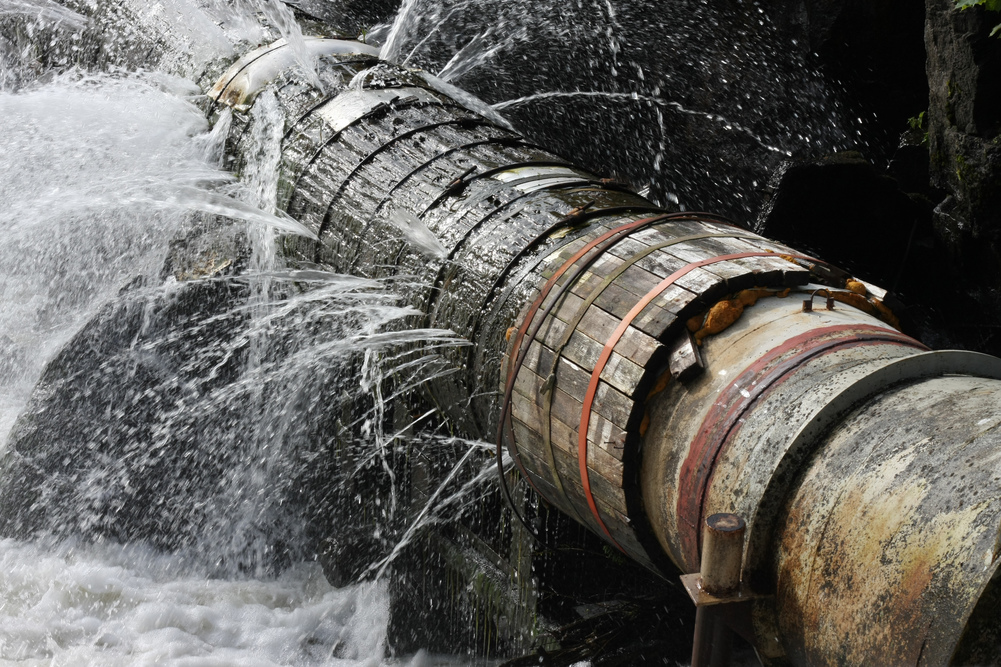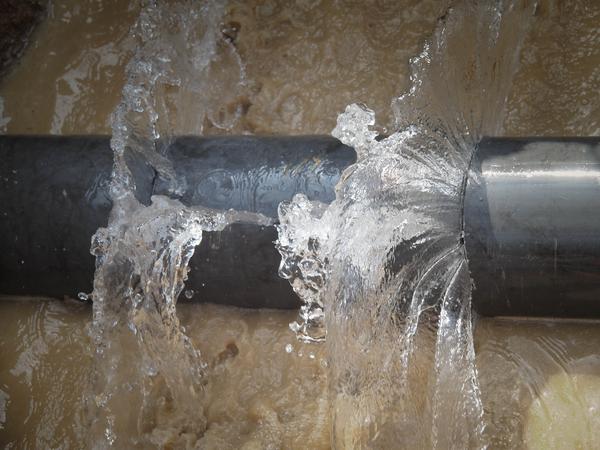Have you been on the lookout for content around What to Know Before Installing a Dishwasher?

A ruptured pipeline is a major emergency; you can just stand as you view water you pay dearly to rejoin with the earth. In even worse situations, you discover a swimming pool on your cooking area floor, which is a fantastic trip hazard, specifically if you have children around. If the pipeline that burst was in your wall surfaces, problem: you might require to repaint that whole section.
How can a disaster like a burst pipeline be stopped as well as managed? Well, by paying attention to your expert emergency plumbers as well as complying with these guidelines.
Exactly how do I understand when my pipelines have ruptured?
Rising and fall water pressures
Pipelines do not just burst in a day. You may have discovered that your kitchen faucet or shower doesn't run promptly when you transform the faucet. It may pause for a few secs and after that blast you with more force than normal.
In other instances, the water might seem normal initially, then drop in stress after a few secs.
Damp walls and water spots
Prior to a pipeline bursts, it will certainly leak, the majority of times. If this consistent leaking goes unnoticed, the leak may graduate right into a wide gouge in your pipeline. One simple means to avoid this emergency is to look out for wet walls advertisement water spots. These water stains will lead you right to the leak.
Puddles under pipes and also sinks
When a pipeline ruptureds, the discharge creates a puddle. It may appear that the puddle is growing in dimension, as well as no matter the number of times you wipe the pool, in a couple of mins, there's another one waiting to be cleaned. Usually, you may not be able to map the pool to any visible pipes. This is an indicator to call an expert plumber.
Untraceable leaking sounds
Pipeline ruptureds can occur in one of the most unpleasant places, like within concrete, inside walls, or under sinks. When the house goes quiet, you might have the ability to hear an irritatingly relentless trickling sound. Also after you've checked your shower head and kitchen faucet, the trickling might continue.
Precious viewers, the trickling might be originating from a pipeline inside your wall surfaces. There isn't much you can do concerning that, except tell a specialist plumber.
Turn off the Water
When water freezes, it broadens in volume by about 9 percent. And also it increases with significant force: The pressure inside pipes may go from 40 extra pounds per square inch to 40,000 psi! No pipe can hold that much pressure, so it breaks open. The break might occur where the ice forms, but more often, it takes place where water stress discovers a weak point in the pipeline. That might be inches or perhaps feet from the frozen area. Find the water shutoff valve and also switch off the water to stop more damages. You could likewise need to shut off the electrical power also, depending on where the leaks happens and also how big it is.
Contaminated water
Many individuals assume a burst pipeline is a one-way electrical outlet. Rather the contrary. As water drains of the hole or gouge in your plumbing system, pollutants locate their method.
Your water may be infected from the resource, so if you can, examine if your water tank has any type of issues. However, if your drinking water is provided and purified by the city government, you must call your plumber right away if you see or smell anything funny in your water.
What do I do when I detect a ruptured pipeline?
Your water meter will continue to run even while your water wastes. To lessen your losses, find the primary controls and turn the supply off. The water mains are an above-ground framework beside your home.
How to Fix & Detect a Leaking Pipe
How Do I Know if a Pipe is Leaking?
Leak detection tests can help you determine if your pipe has a leak. Even if you don’t see an apparent leak, you should still conduct leak detection tests regularly to save water and money—and prevent major damage to your home.
Water meter. It can be helpful to figure out what your usual water meter usage numbers are and then monitor them regularly. To monitor your meter, first, turn off all water faucets in your home. Check the meter and write down the numbers. In a few hours, check the meter again. If the numbers have changed, you have a leak. Water gauge. Use a water gauge to test your water pressure. Your showerhead should produce a certain amount of water pressure based on its model and design. If the pressure is lower than it is supposed to be for that specific showerhead, your home likely has a leak. Puddles. Look inside your bathroom, laundry, and kitchen sink cabinets. Puddles around the cabinets or around toilets, tubs, showers, and washing machines indicate the presence of a leaking pipe. You may also notice loose tiles, peeling or flaking paint, or mold caused by water accumulation. Napkin test. Even if you don’t see any puddles, you may still have a leak. You can test for water leaks in the bathroom, laundry, and kitchen by wiping below-sink connections with a napkin, paper towel, or piece of toilet paper. If it becomes damp, you probably have a leaking pipe under the sink. Discolored walls. Walls that are discolored—usually with brown or yellow stains—or bulging might mean that they have been impacted by water damage caused by a leaking pipe. Smell. A leaky pipe will create sitting water, and over time, that water may develop a musty smell. If your home smells musty, but you can’t locate the source, it may be due to a leak. Steps for Fixing a Leaking Pipe
A leaky drain can be remedied by tightening the pipe base, replacing the drain seal, caulking the rim, and tightening the pipe nut. Similarly, a leaking toilet pipe can be treated by tightening the packing nut. You may also need to replace the valve. A leaky faucet may just need tightening or replacement of the washers. If that doesn’t work, consider replacing your faucet. If your pipe has a hole in it, you may want to use a pipe leak sealer or pipe leak tape. This quick fix for water pipe leaks can also temporarily fix a copper pipe leak. https://www.ahs.com/home-matters/quick-tips/how-to-tell-if-pipes-are-leaking/

Do you like reading about What to Know Before Installing a Dishwasher? Create a comment below. We would be interested to hear your opinions about this piece. We are looking forward to see you back again in the future. If you please take the time to distribute this blog posting if you enjoyed reading it. I enjoy reading our article about What to Know Before Installing a Dishwasher.
Need expertise? Dial.